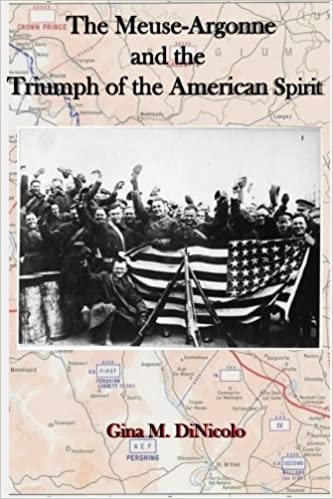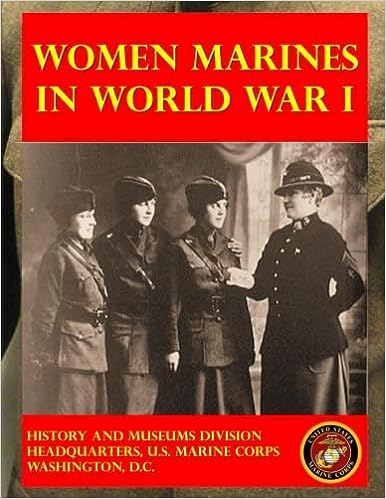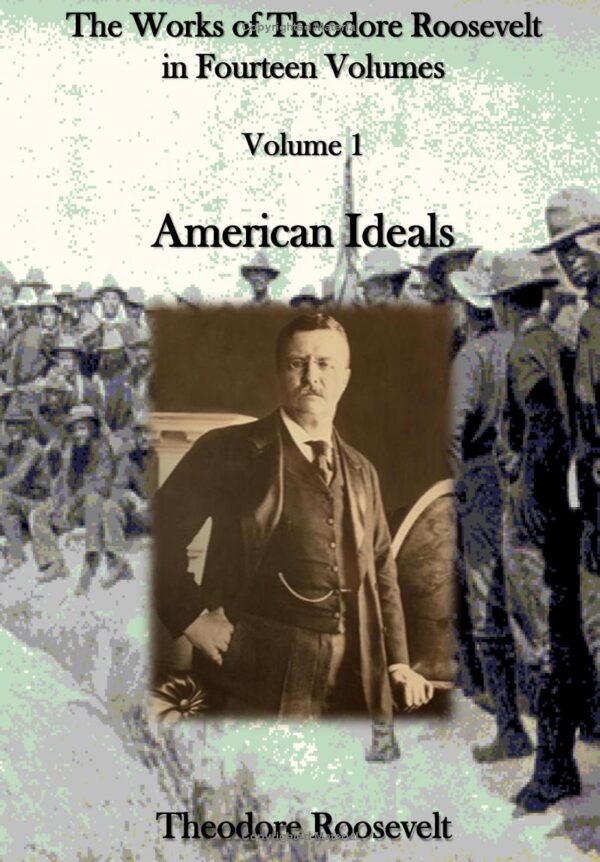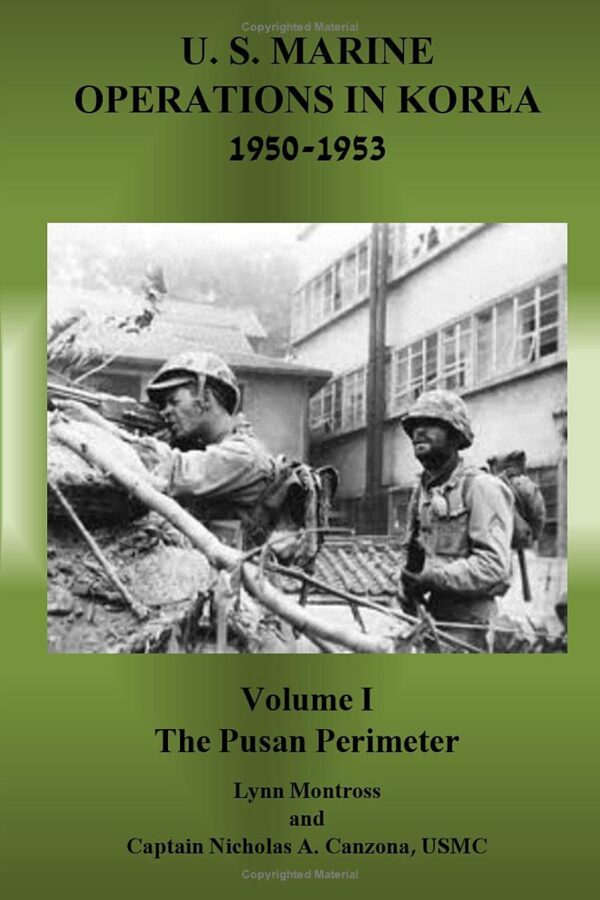The Meuse-Argonne Offensive stands as more than the largest single combat operation in U.S. history. It marked the arrival of the United States as a world power that earned notice and respect. Much credit goes to John J. Pershing who kept America fighting as one force, free from foreign domination under amalgamation. His army stands as the root of a force structure that helped the U.S. Army through the lean, postwar years as well as the next world war. It remains the foundation of the Army in the 21st century. Many have debated Pershing’s belief in the French idea of “elan.” Roughly translated, elan means guts with an indomitable spirit. First U.S. Army’s ultimate success at Meuse-Argonne and the months-long run-up to the grueling forty-seven-day campaign can be credited in large part to the American spirit. Pershing had the right mix of diplomatic and military skills to lead the American Expeditionary Forces. His handling of French leaders like Ferdinand Foch and Britain’s unpopular and difficult Douglas Haig provided the top cover necessary for America’s new army to take the field unencumbered. He remained a strong organizer but poor combat leader. He could not quite execute his well-thought plans. His weaknesses from the Punitive Expedition haunted him in France. Aware of his limitations he passed his combat command to those who could lead First Army to victory. The AEF was not ready to fight the Meuse-Argonne Offensive, but the United States had fought conflicts since the 18th century ill-prepared. Pershing had his orders. His men learned quickly. A failing army transformed into a formidable fighting force during the last days of the war. Men like George Patton, Douglas MacArthur, George Marshal and Harry Truman came of age at the Meuse-Argonne. The cost: a stupefying loss of life. A modern Defense secretary said, “You go to war with the Army you have.” He could have been talking about John Pershing’s AEF. Pershing had one advantage going into combat—elan. The American soldier had guts and fought with an indomitable spirit that carried more than 1 million men through the Meuse-Argonne.
86 pages





